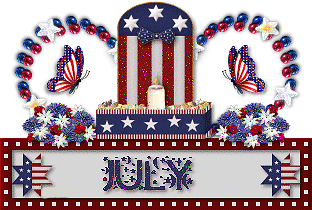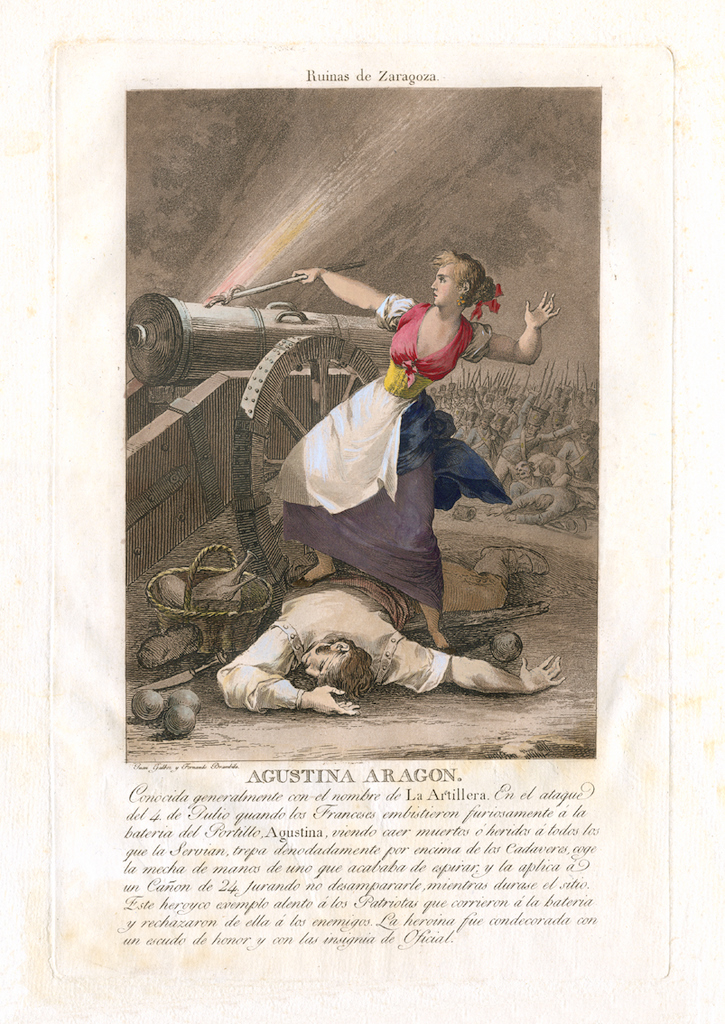5 Myths
About the Revolutionary War
Everyone Believes

About the Revolutionary War
Everyone Believes

By J. Wisniewski - March 16, 2013
Since fictional superheroes usually get cool origin stories, it makes
sense that an actual global superpower needs to have one. Luckily for
the United States, the Revolutionary War was precisely such a tale.
Bloody, heroic, and seasoned with all kinds of awesome, the entire
eight-year period was dripping with fantastic stories and scrappy
underdog moments.
Or was it?

#5. The War Was Between the Colonists and the British
The Myth
Myth? It's the goddamn American Revolution. Sure, the French
stepped in late in the game, but by the time they bothered to put down
their baguettes and wine, the colonists had already proven they were a
solid bet. Even after the Americans won at Saratoga, French assistance
was, well, French: underwhelming and plagued by indecision.
"Don't mind us. We're just here to critique your fashion."
The Reality
In the centuries since the Revolutionary War, French contributions
have been criminally downplayed. Somewhere between the real Yorktown and
Mel Gibson's rather less accurate version, The Patriot, the monumental French war effort during the birth of America got forgotten, buried in the sand, and pissed on.
The truth is, the 13 colonies would never have earned their freedom
without French intervention -- the whole battle for American
independence was essentially a proxy war between Britain and France. To the French, America was nothing but another theater
in their grand blood feud against Britain. They were all about making
the Englishmen eat every last available dick, and since they noticed
they could use the colonists' struggle for independence as a handy
feeding pen, that's exactly what they did.
France began providing arms and ammunition
as early as 1776 (the war started in 1775). In early 1777, months
before Saratoga, the French sent American colonists 25,000 uniforms and
pairs of boots, hundreds of cannons, and thousands of muskets -- all
stuff that the colonists would've had a hard time surviving without, and
all stuff they had no access to on their own. And that was just the tip
of the iceberg: From supplies to advice
to military reinforcements, France exercised all the fiscal restraint
of a drunk businessman at a strip club when it came to funding the
American war.
France provided a whopping 90 percent of the rebels'
gunpowder. Let that sink in for a second. Without France, the entire
American Revolution would have devolved into a bunch of dudes swinging
their muskets as clubs within weeks.
Still, the most important French contribution to the revolution (or,
if you're British, their ultimate dick move) was the least visible to
Americans. As mentioned, the reason France pampered the Patriots was
always selfish. They were out to weaken the British forces --
particularly their naval strength -- in order to take the fight to them,
perhaps even conquer them. That's why, for much of the Revolutionary
War, the British ships tasked with kicking America's ass had to survive
12 rounds with the French navy before they could even think of
crossing the Atlantic. France gleefully fought the British, eventually
teaming up with Spain, declaring a war, attacking from all sides, and
even setting up an invasion force. In those battles, America's independence was a fart in the desert.
So, when the Colonial army was fighting for dear freedom, history books
tend to conveniently forget that they did so with French money,
equipment, and backup forces, while France and its other allies were
busy pummeling the empire from every other side.
#4. Molly Pitcher, the Cannon Heroine
The Myth
Molly Pitcher
(whose real name may or may not have been Mary Ludwig Hays McCauley)
was the wife of a Colonial artilleryman. Not content with just swooning
in the background while the men did the fighting, she proved herself to
be as badass as any colonist warrior by entering the Battle of Monmouth.
She started the fight by carrying water for the soldiers, but when her
husband fell, Molly immediately jumped behind his cannon and calmly
proceeded to rain hellfire at the Englishmen for the rest of the battle.
Tons of paintings and historical accounts depict her fearlessly
cannon-bombing the Brits.

The Reality
While several women certainly served in military roles during the Revolutionary War, there never was a Molly Pitcher.
Despite what 80 percent of U.S. history textbooks
will tell you, that person never existed -- at least, not as the
warrior heroine we know. It appears her cannon antics are pure legend,
written into existence by patriotic historians who were eager to give
America its own figurehead of female war heroism in the vein of France's
Joan of Arc

Haters gonna hate." - Joan of Arc"
or Britain's Boudica.

Queen Boudica in John Opie's painting "Boadicea Haranguing the Britons"
Although the battle that made Molly famous took place in 1778, the
first written mention of her as "Molly Pitcher" is from 1851, and she
wasn't assigned an actual identity until 1876. You might
recognize that as the year of the American centennial celebration, and
as such the absolute best time to look for unbiased accounts of the
United States' origins.
Amid the first-centennial hoopla, multiple towns laid claim to Molly
Pitcher, giving her various identities, and giving her antics their own
spin, with zero evidence to support their claims. When scholars pointed
out various contradictions and issues within the stories, they were
shouted down for being buzzkills and everyone returned to their
centennial moonshine.
As for all the paintings of Molly wielding her cannon: Allow us to present Agustina de Aragon, heroine of the Spanish War of Independence, seen here indulging in her favorite pastime of kicking French ass

She was a big hit in Spain for obvious reasons, and various paintings
and engravings of her French-bombing antics were circulating the world
as early as 1813 ... well before the first "Captain Molly" paintings
(which later evolved into the legend of Molly Pitcher) started emerging.
Surely, this is just a coincidence.
#3. The Americans Won the War With Frontier Savvy and Guerrilla Tactics
The Myth
Colonists were guerrilla fighters extraordinaire. They made a huge
difference in the war outcome with constant raids, skirmishes, and
ambushes, essentially going Home Alone on the British forces left and right.
It makes such an awful lot of sense: In the blue corner, we have a
bunch of determined colonists who were on their home turf, lightly
armed, and relatively inconspicuously clothed. In the red corner:
tightly organized regiments of scarlet-clad soldiers with stiff upper
lips, marching in lockstep through the forest like live Duck Hunt targets. Of course the Colonial forces took the opportunity to employ the kind of guerrilla tactics that wouldn't be seen until, well, two centuries later.
The Reality
As enticing as the image of clever American guerrillas winning the
war by hiding behind trees and shooting British troops who are standing
in formation in open fields is, it couldn't be further from the truth. While guerrilla tactics did play a plucky part in the proceedings, they were always a condiment rather than the meat. Ordinary pitched battles decided the outcome of the war.
Which was smart, because the Patriots never actually had the advantage when it came to guerrilla-ing. British troops had at least as much guerrilla chops as the Colonies, as pretty much all significant Native American tribes had sided with the Redcoats -- even the guy who literally wrote the book on being an Army Ranger fought for the British.
There was also the matter of suitable firepower. The predominant muskets of the day
had a maximum range of about 100 yards, and to actually hit what you
wanted, you had to be way closer. These weapons required organized,
concentrated fire to direct a "wall" of lead at the enemy, in the vague
hope that something might actually hit someone. Also, the muskets took
about 20 seconds to reload, and the opponent tended to have at least
some cavalry around. So any Colonial commando attempting an ambush was
under significant risk of finding out firsthand how much less
than 20 seconds it takes for a saber-swinging dragoon to cover 100 yards
on horseback. In fact, forget about the horses -- while you're
struggling with your musket, the British soldiers could just
nonchalantly stroll up to you and send you to an agonizing, perforated
demise. See, despite the color of their coats, they weren't just some
idiot henchmen waiting to be shot. They were trained soldiers with
bayonets fixed at the end of their muskets -- sharp bayonets that they could use very well.

With this information in mind, feel free to watch this clip of The Patriot and count all the times Mel Gibson would've been murder-stabbed to death.
The Patriot
2000 ActionDrama Movies Full Movie 720P
http://www.cracked.com/article_20306_5-myths-about-revolutionary-war-everyone-believes.html
http://www.cracked.com/article_20306_5-myths-about-revolutionary-war-everyone-believes.html

No comments:
Post a Comment